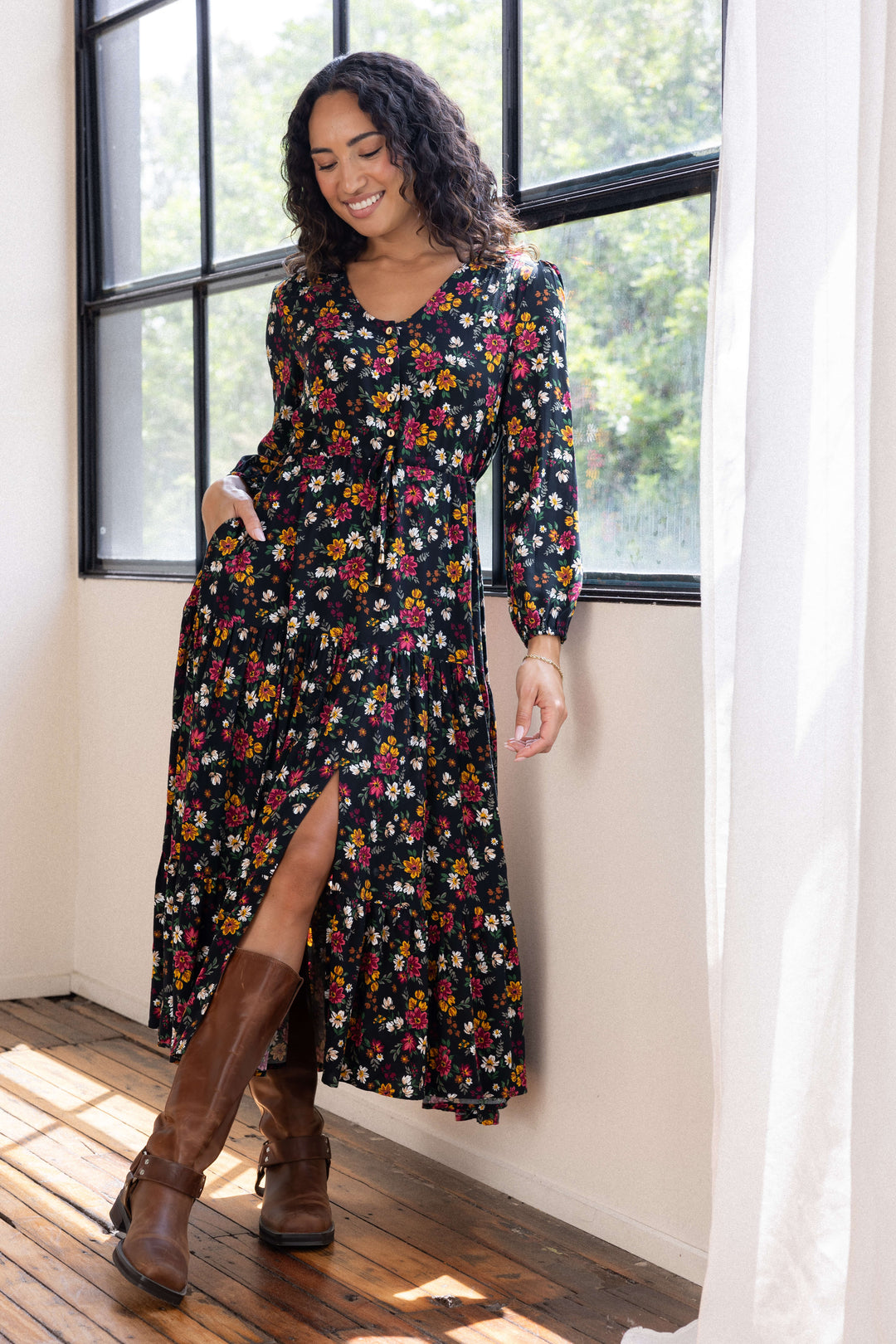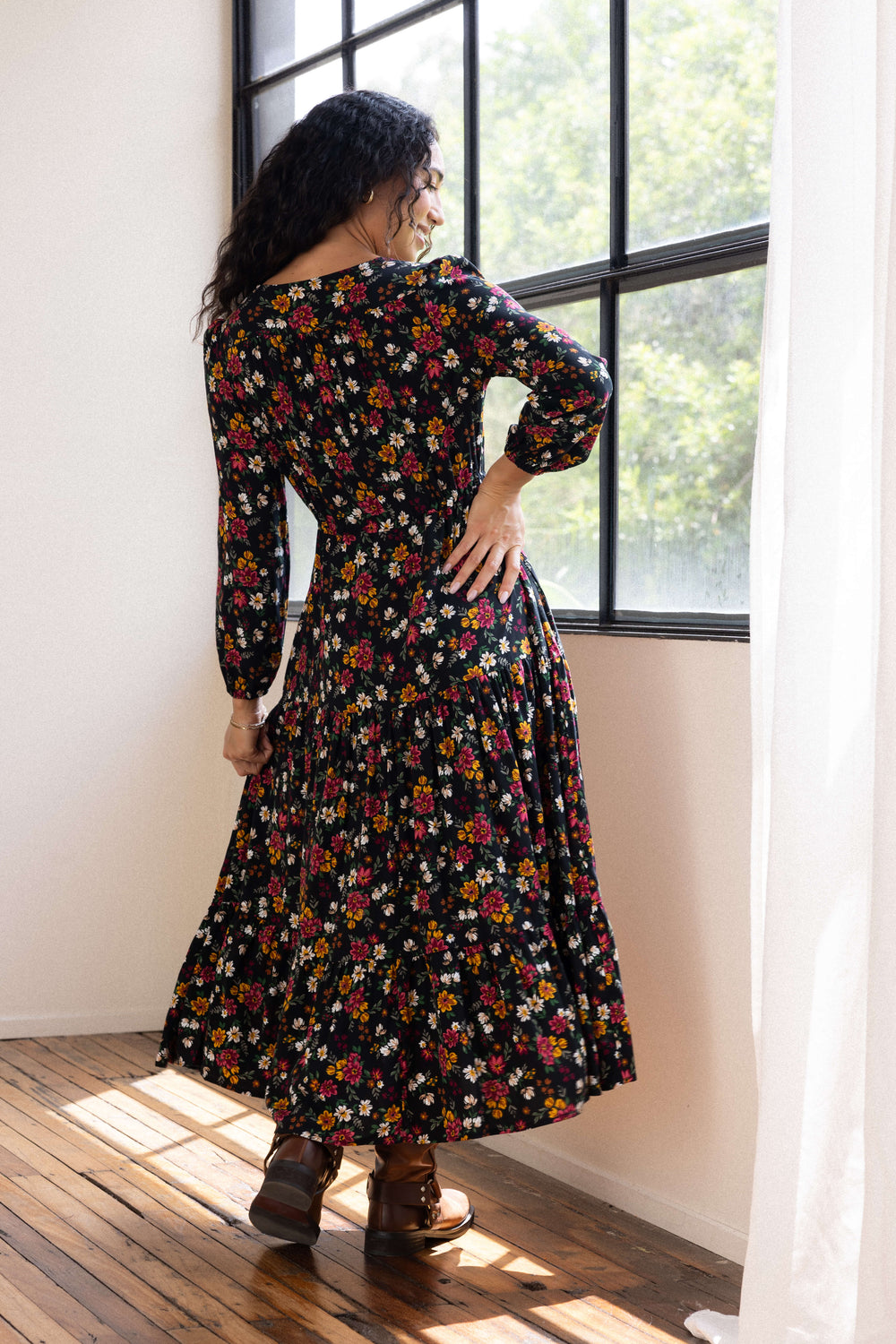Babywearing is a time-honored tradition that brings so much more than just convenience—it’s a beautiful way to connect with your little one. Just like giving your baby a cosy hug, while you go about your day.
There are some important safety guidelines to keep in mind when babywearing, some top tips to make for a comfy experience for everyone.
Enhancing Emotional Bonds
Babywearing promotes a unique and profound connection between the baby and the caregiver. According to specialists, when you carry your baby close, you provide them with the perfect place for continued physical, neurological, and emotional development. This close contact releases oxytocin, known as the 'love hormone,' which fosters bonding and can significantly alleviate maternal postnatal depression and anxiety.
The act of babywearing also allows caregivers to stay in tune with their baby's needs. Being physically close helps parents quickly identify and respond to cues and signals, which strengthens trust and enhances the baby's sense of security. This immediate response to their needs can lead to reduced crying and emotional distress.
Supporting Physical Development
From a physical perspective, babywearing offers critical health benefits. It's been found to aid in the regulation of your baby’s heartbeat, temperature, and breathing. The upright position in a carrier or sling is particularly beneficial for reducing common newborn issues such as colic and reflux, by facilitating better digestion.
Moreover, studies show the importance of physical development through babywearing. The gentle sways and movements of babywearing stimulate the vestibular system which controls balance and movement coordination. This can encourage proper physical and motor development in infants.
Prioritizing Safety in Babywearing
While babywearing offers numerous benefits, of course we can't stress enough the importance of doing it safely. Following the universally accepted 'TICKS' guidelines for babywearing safety ensures that infants are carried securely and comfortably. These guidelines include keeping the baby tight against the caregiver, ensuring the baby is always in view, maintaining the baby close enough to kiss, keeping the chin off the chest to ensure clear breathing, and supporting the back properly.
T - Tight and carrier secure
I - In view at all times of your baby with their airway unobstructed
C - Carried close enough to kiss the top of your baby’s head
K - Keep your baby’s chin off their chest, no slumping in the carrier
S - Supported spine, naturally curved, held firm against you
Additionally, it’s crucial to ensure that the baby's hips are in the 'M' position, promoting healthy hip development. The specialist adds, "This position supports the hip area, which is still developing in newborns, and ensures it is in a healthy, physiotherapy-recommended position."
Selecting the Right Babywearing Technique and Carrier
Choosing the appropriate babywearing gear and technique is essential and varies as the baby grows. For newborns, soft wraps or slings that mimic the snug, warm environment of the womb are recommended. As the baby grows and becomes more interested in their surroundings, more structured carriers may be used to accommodate their curiosity and developing motor skills.
Specialists encourage caregivers to adapt their babywearing practices as the child develops, ensuring that the baby remains comfortable and the caregiver’s convenience is maximized. Babywearing does take some practice and trial and error to find what works best for you and your baby. Your confidence will build with more use so don’t give up! The benefits are so worth it as babywearing is a magnificent tool for any parent to have in their life.
Babywearing is more than just a method of carrying a child; it's a nurturing practice that enhances the parental bond, supports healthy development, and provides practical mobility. By adhering to safety guidelines and selecting appropriate equipment, caregivers can ensure that babywearing remains a safe, enjoyable, and beneficial practice throughout the child's early years.















